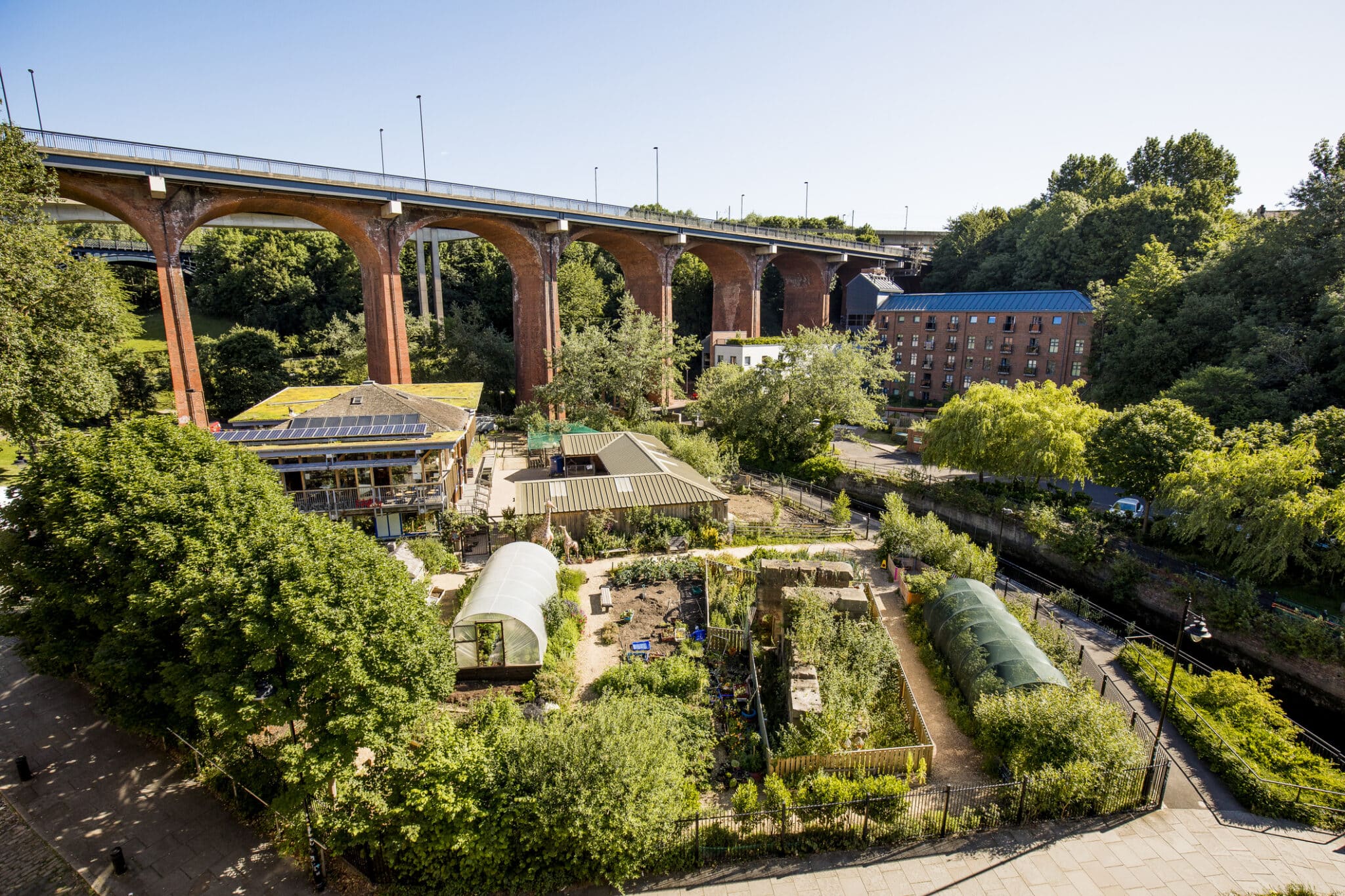The smart Trick of City Blooming That Nobody is Talking About
Wiki Article
How City Blooming can Save You Time, Stress, and Money.
Table of ContentsA Biased View of City BloomingSome Known Questions About City Blooming.Top Guidelines Of City BloomingNot known Facts About City BloomingThings about City Blooming
Fascinated in expanding food available for sale in the City of Chicago? Believing regarding starting an area garden? Adjustments to the Chicago Zoning Statute permit farming uses like area gardens and city farms in several parts of the city. Below is a checklist of frequently asked inquiries pertaining to the regulations and policies that farmers need to take into consideration when planning an urban agriculture task.
The zoning change does not customize any kind of other codes taking care of composting, building licenses, buying or leasing City possessed home, organization licenses or ecological contamination. There are existing codes that regulate these issues and they stay in complete result and might be applicable to your task. Community gardens are normally possessed or taken care of by public entities, civic companies or community-based organizations and maintained by volunteers.
Urban farms grow food that is planned to be sold, either on a not-for-profit or for-profit basis. As a result of their commercial function, metropolitan farms require an organization permit. Yes. A neighborhood garden is allowed to offer excess create that was expanded on site if the sales are accessory or secondary to the yard's key objective explained above.
The 45-Second Trick For City Blooming
Composting is allowed yet just for plant product that is generated and made use of on site. The amount of garden compost material can not go beyond 25 cubic lawns at any kind of given time according to the requirements in 7-28-715 of the City's Municipal Code. Yes. Due to the fact that the soil at most brand-new yard sites requires amending, garden compost, dirt, wood chips, or various other products can be acquired to build or enhance the expanding area - eco-friendly practices.
If a building permit is called for then the hoophouse will be thought about an accessory building. You can learn even more regarding the building permit needs by speaking to the Division of Buildings. The 25,000-square-foot size limit is meant to stop a solitary community garden from dominating an offered block or taking away from the block's existing property or business personality.
The restriction does not apply to gardens located in Public Open Area (POS) districts. Can there be even more than one neighborhood garden that is 25,000 square feet on a single block? Fence is not needed, nevertheless, gardens that have large auto parking areas might be needed to install secure fencing or other landscape design functions.
Little Known Questions About City Blooming.
B1 & B2 areas require that all business usage activities be performed indoors. R districts restrict industrial activity. The guidelines show the function and intent of the Zoning Code. Is fence required for metropolitan ranches? Yes. Fencings might be required, in addition to landscaping and screening, for sure parking areas and outdoor work or storage locations depending on location and the certain task happening.Urban ranches need building licenses and zoning authorizations prior to building and construction (eco-friendly practices). Other types of city testimonial may be needed depending on certain structures, activities, dimension, landscaping, licensing, public health and stormwater management issues.
The Division of Business Matters and Consumer Security can help establish the particular type of service license that's called for. Off street parking is required for a lot of commercial jobs in Chicago. The required number of vehicle parking rooms is based on the number of staff members functioning on site and not the square footage of the expanding room.
Some Known Questions About City Blooming.

Yes. An urban ranch can offer garden compost material produced on site, however, the operation has to follow the laws in 7-28-715 of the Chicago Municipal Code. Yes. Aquaponic systems are enabled indoors on city farms in lots of zoning districts. A zoning testimonial and structure license is called for in order to install frameworks or systems and an organization license is needed check here as defined above.
Approximately 5 hives or colonies of honey might be kept as an accessory usage. Nonetheless, beekeepers must register with the Illinois Department of Agriculture. For more details about the suggested zoning amendment you may contact the Department of Housing and Economic Growth, Bureau of Preparation and Zoning at 312.744.8563.
Farming in cities and city areas An urban ranch in Chicago. Urban agriculture refers to numerous methods of cultivating. https://www.intensedebate.com/people/cityblooming1, handling, and distributing food in city areas. The term additionally relates to the location tasks of animal husbandry, aquaculture, beekeeping, and gardening in a metropolitan context. Urban agriculture is differentiated from peri-urban farming, which occurs in country areas beside suburban areas.
An Unbiased View of City Blooming
It can involve a movement of natural cultivators, "foodies" and "locavores", that seek to develop social networks based on a shared values of nature and area holism. These networks can develop using official institutional support, ending up being integrated into regional town as a "transition town" motion for sustainable city growth.Some of the first proof of metropolitan agriculture comes from Mesopotamia.
Report this wiki page